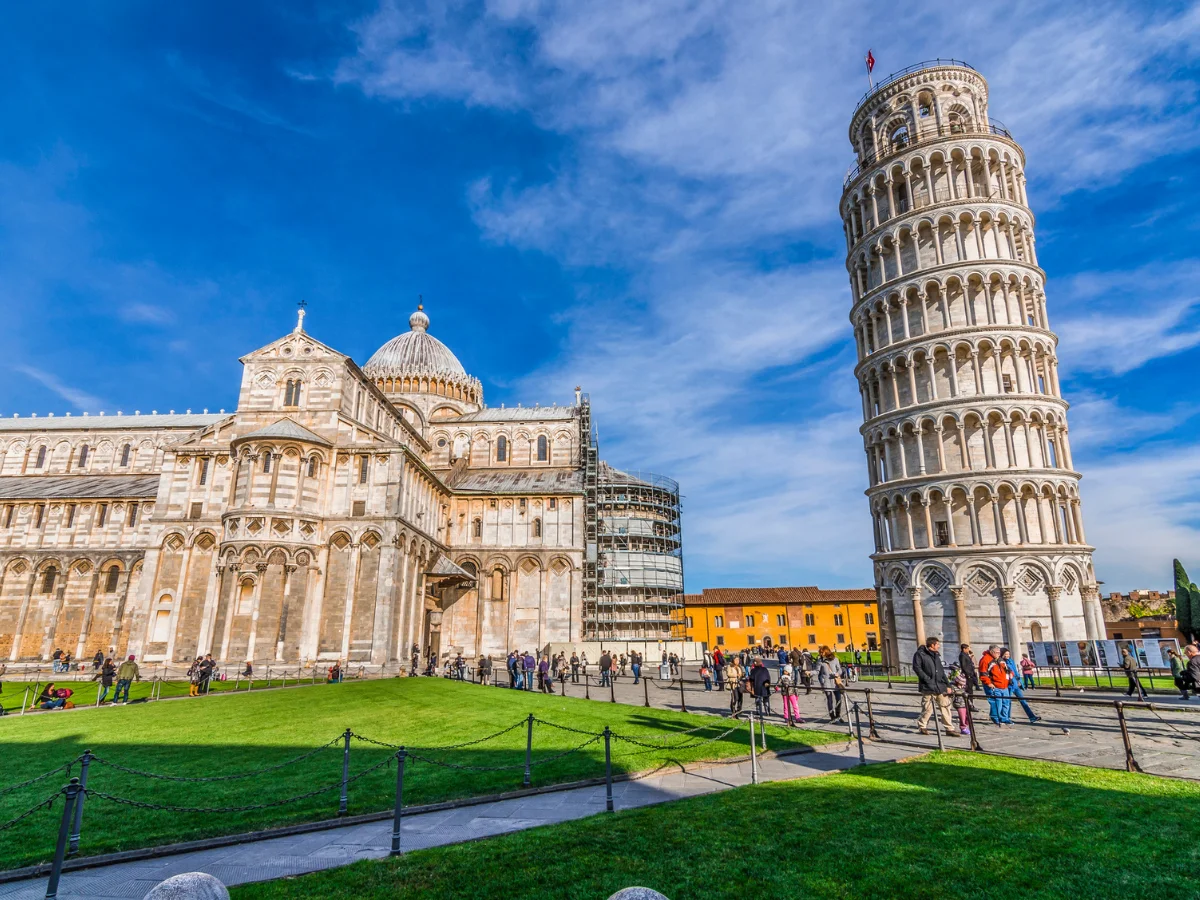The Roman army's Maniple system
The Roman army’s Maniple system revolutionized infantry tactics, dividing soldiers into flexible units for strategic advantage. This organizational structure enhanced adaptability on the battlefield, allowing for swift responses to enemy movements. With decentralized command, officers at the maniple level exercised autonomy, enabling agile maneuvers and coordinated attacks. This system’s effectiveness contributed significantly to Roman military successes across the Mediterranean. Beyond its era, the principles of flexibility and decentralization continue to shape military doctrine.

The Roman army's Maniple system
The Roman army’s effectiveness rested on innovative organizational structures like the Maniple system, which revolutionized infantry tactics.
Flexible Unit Composition
With the Maniple system, infantry was divided into smaller, more maneuverable units called maniples, each comprising around 120 soldiers.
Adaptability in Battle
This division allowed for greater adaptability on the battlefield, enabling commanders to deploy troops strategically based on terrain and enemy movements.
Tactical Versatility
Unlike rigid formations, maniples offered flexibility, enabling swift responses to changing battlefield conditions and enemy maneuvers.
Independent Action
Each maniple operated somewhat independently, fostering initiative and decentralized command within the ranks of the Roman infantry.
Dynamic Command Structure
Officers at the maniple level had significant autonomy, facilitating quick decision-making and responsive actions during engagements.
Strategic Maneuverability
The Maniple system’s decentralized structure allowed for agile flanking maneuvers and coordinated attacks, exploiting weaknesses in enemy lines.
Effective Combat Support
This system facilitated effective combat support, as maniples could reinforce each other or provide cover as needed during engagements.
Historical Significance
The Maniple system played a crucial role in the success of Roman military campaigns, contributing to victories across the Mediterranean region.
Legacy in Military Doctrine
Even beyond the Roman era, the principles of flexibility and decentralization embodied by the Maniple system continue to influence military tactics and organization.
Conclusion
The Maniple system stands as a testament to the Roman army’s strategic sophistication and adaptability. Its division of infantry into smaller, flexible units empowered commanders and soldiers alike, shaping the course of military history and leaving a lasting legacy in the annals of warfare.



